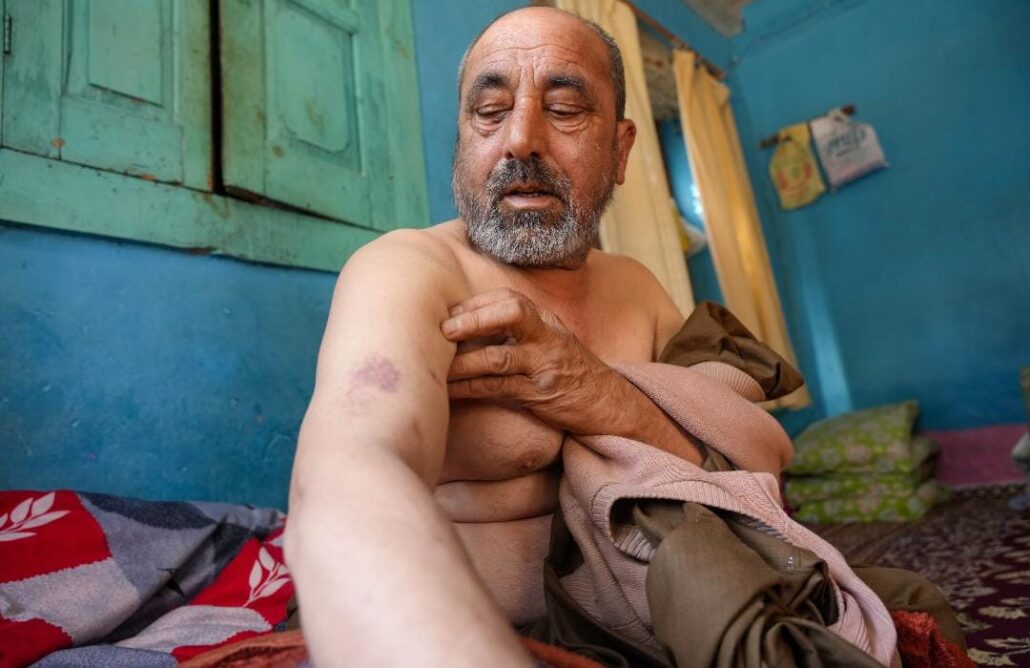
Farhan Sayeed Masoodi
As the season of harvest arrives in Kashmir, the residents of Mawer, about 30 kilometres distant from Kupwara town in north Kashmir، feel anxious, anticipating the increased presence of bears in the area.
While bear sightings are not uncommon before the harvest begins in September, the number of bears noticeably rises at the beginning of the month, coinciding with the ripening of crops.
This heightened bear presence is causing concern among the villagers as they prepare for the potential impact on their agricultural activities and daily lives.
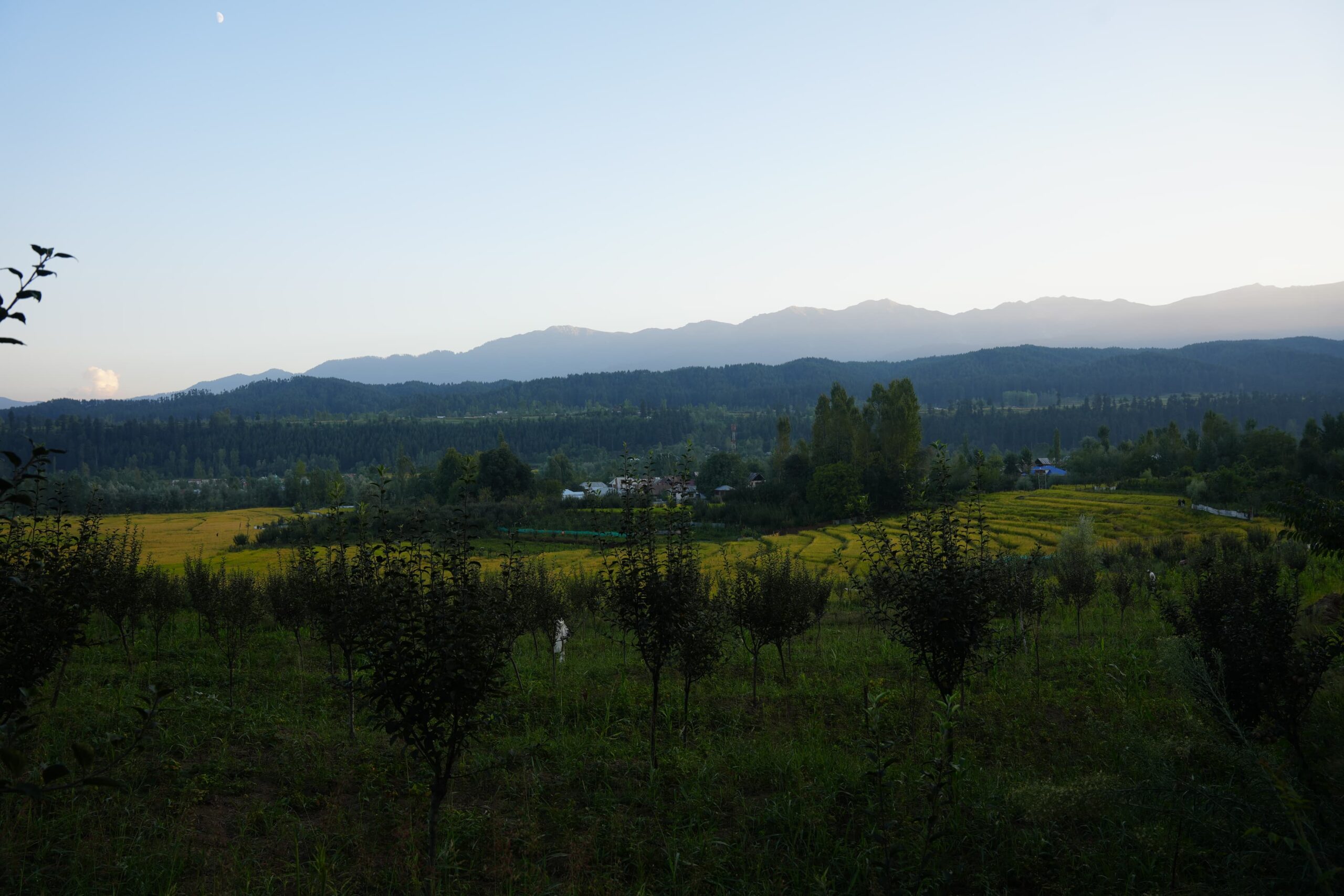
The area is adorned with dense, vibrant forests and majestic, snow-capped mountains. The beautiful Maweri River flows through this scenic landscape, adding to its natural charm.
The primary agricultural products of the region are rice and maize, with apples and pears as the prevalent fruits. Additionally, a significant quantity of walnuts is also produced. However, apples are the most prominent fruit grown extensively, serving as a primary source of livelihood for many farmers.
In recent years, bear sightings in the area have increased, leading to more frequent encounters between bears and humans.
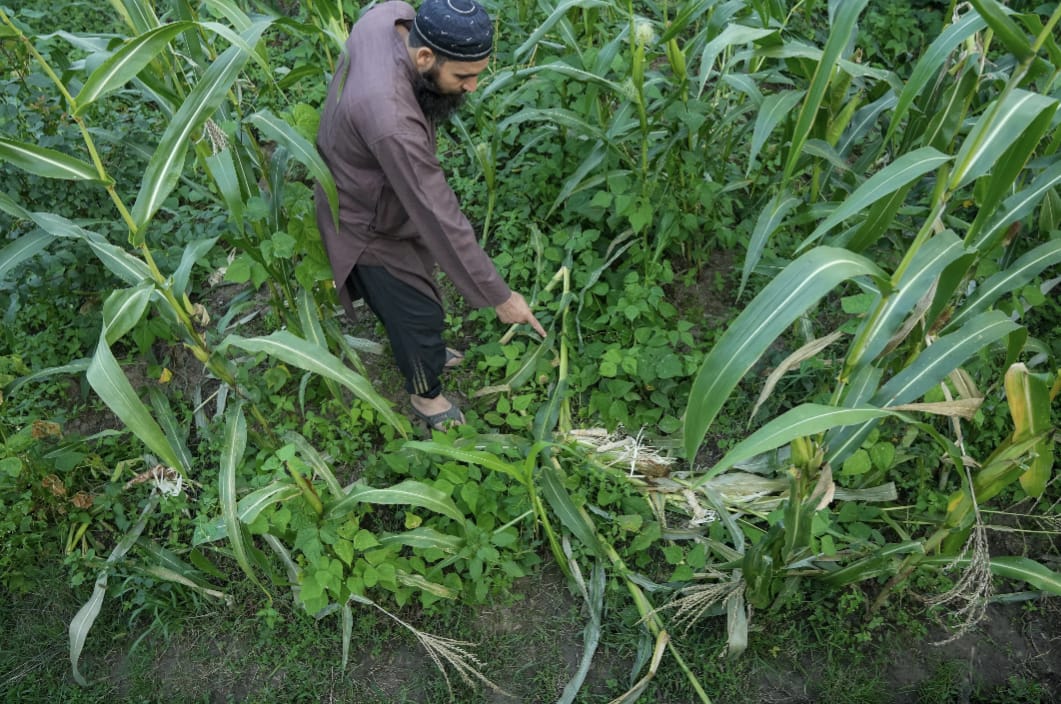
This surge in bear activity has caused substantial damage to livestock and crops, and unfortunately, injuries and fatalities among humans.
“This year, there have already been 16 bear attacks, resulting in one fatality and 15 injuries. It’s worth noting that this count only includes attacks that have occurred so far, with September and October still ahead of us.
Alarmingly, not only have bear attacks increased, but incidents involving leopards have also risen.
There have been five leopard attacks this year, resulting in one death and several injuries,” said Farooq Ahmed, a wildlife employee. Addressing the surge in attacks, he commented, “The increase can be attributed to several factors. The ban on hunting has led to a significant rise in the bear population. However, the primary cause is the destruction of their natural habitat, as widespread deforestation has forced these animals to seek shelter near human settlements.”
One of the fatalities this year was Zareefa Begum, 52, who left her home on July 30 at 4:30 pm to visit her orchard.
“The incident happened at 4:30 in the evening. My wife, Zareefa, poured me a steaming cup of tea before heading to the orchards, as was our usual routine. Typically, I would accompany her, but that day I stayed back to finish my tea before joining her. Suddenly, villagers’ screams pierced the tranquillity. They had spotted a large bear near the orchards. Panic set in as I thought of Zareefa alone there. My heart raced, and fear gripped me as I rushed toward the orchard, frantically calling her name. There was no response. I found her sandals, and then I saw her body lying on the ground,” Farooq Ahmed Khan told The Kashmiriyat.
“Blood had flowed from her neck where the bear had attacked her. We rushed her to the government district hospital in Handwara, but the doctors confirmed that she had passed away on the spot,” shared Farooq.
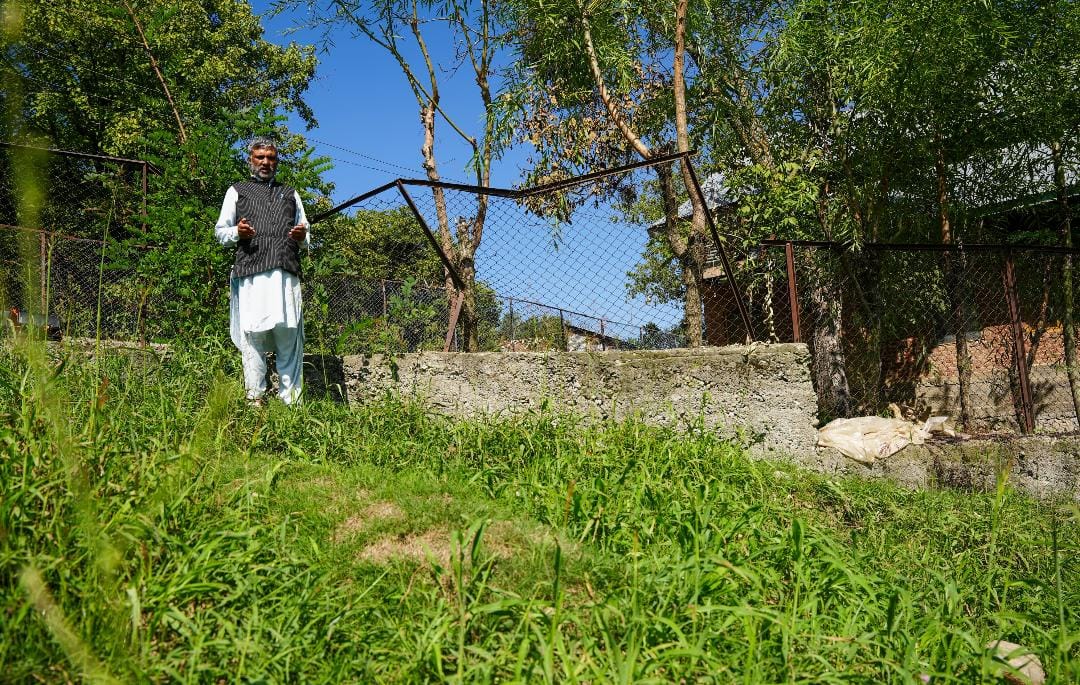
Expressing his grief, he added, “I appeal to the government to take human-wildlife conflict seriously. Another precious life should not be lost. Having experienced this personal loss, I now understand the pain of losing someone you love. I hope to prevent others from going through this heartache.”
One of the 15 injuries this year involved Mohammad Sultan, 56, who was fortunate to survive a bear attack but suffered severe injuries. He received 25 stitches on his head and 10 on his left ear.
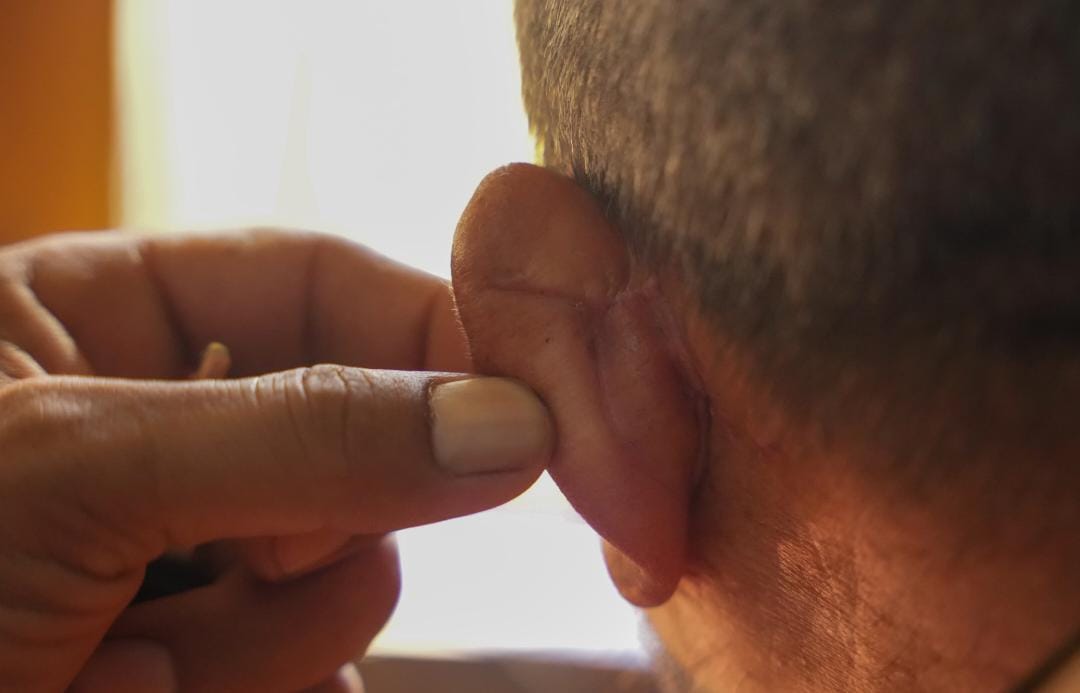
“On August 10, 2024, around 9:30 in the morning, I was in my orchard, finishing cutting tree hay for my animals. I had the hay on my left shoulder and a saw in my right hand as I began to leave. That’s when I saw a bear crossing the fence into my orchard. When the bear saw me, it screamed loudly, but I wasn’t afraid,” said Sultan.

“We were only a few meters apart. I yelled at the bear in Kashmiri, asking why it had come into my orchard. Surprisingly, the bear listened silently. As it reached the main gate, something agitated it. It turned back and, covering its face with one hand, swiped its paw at my head, knocking me to the ground. Blood trickled down my face as the world around me faded,” said Mohammad Sultan.
He was rushed to a nearby health center, but due to the lack of necessary medical equipment, he was referred to the district hospital in Handwara and later to GMC Baramulla for further treatment.
Locals now feel a pervasive sense of fear, avoiding going outside late at night or leaving home early in the morning for work or school.
Aurooj, a college student, shared how the recent bear attacks have affected her life. “I can no longer go to college alone. Whenever I need to go out, a family member has to accompany me to the taxi stand because of the increased risk of bear attacks. This fear has also affected my father, who used to buy bread early in the morning but now avoids going out at that time. My brother, who used to spend time with his friends until late evening, now makes sure he’s home before dusk. Our entire routine has been disrupted; our top priority is now our safety.”
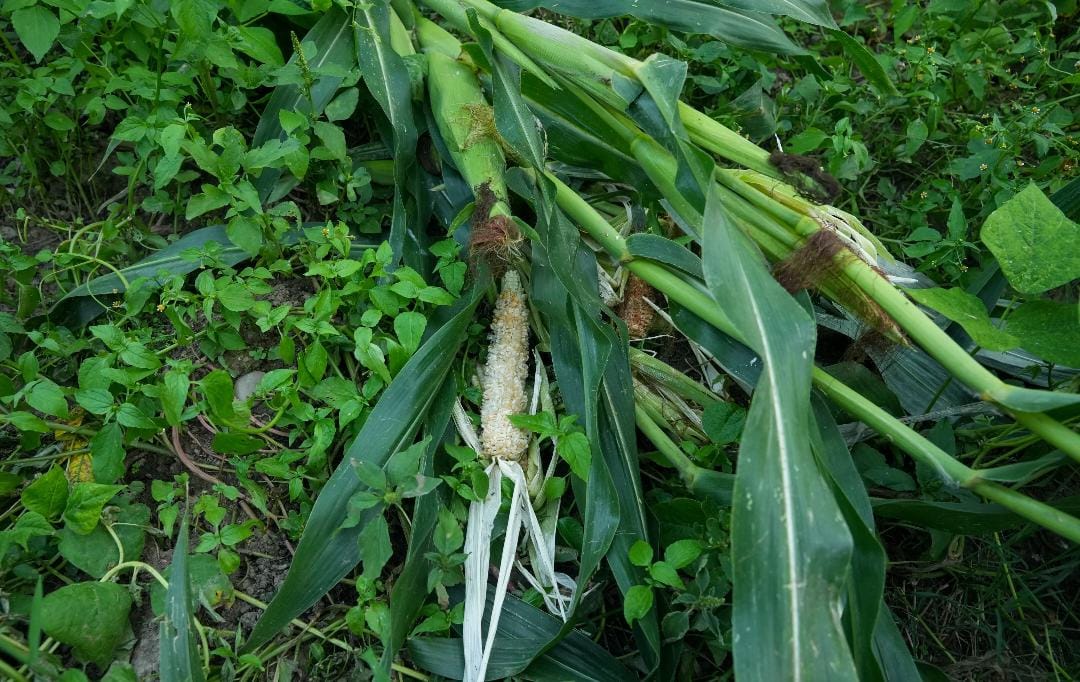
Farmers are bearing the brunt of these attacks. Despite investing significant time and resources in their crops and orchards, they are unable to prevent bears from destroying their harvests.
“Last year, my orchard was badly damaged by bears. It took me five years to bring my orchard to its full potential, involving hard work and money. Unfortunately, all my efforts were destroyed within minutes. There is no government scheme to compensate farmers whose crops are destroyed by wild animals. I had to reconstruct my orchard on my own, and now I’m facing financial difficulties,” said a farmer whose orchard was destroyed by bears last year.
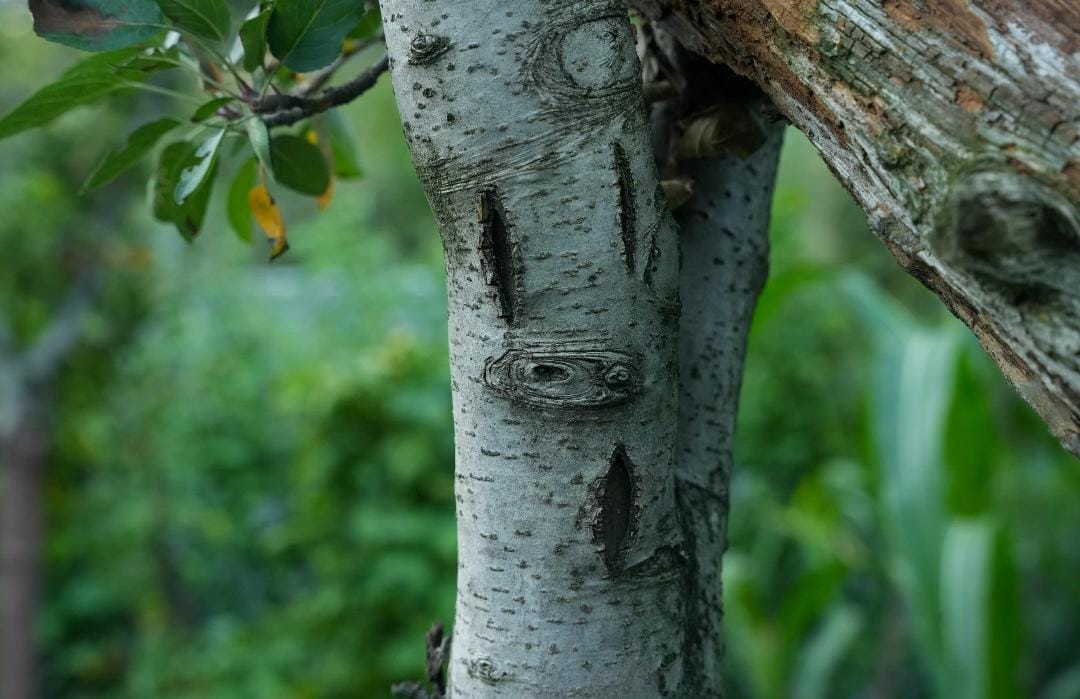
The escalating human-wildlife conflict has become a major issue in Kashmir. Between 2012 and 2020, 124 black bears and 44 leopards were killed in the Kashmir Valley.
Over 200 people have lost their lives, and more than 2,000 have been injured in encounters with wildlife during this period. This problem extends beyond northern Kashmir to other areas as well.
From April 2018 to August 2023, Kulgam in South Kashmir recorded 725 incidents of human-wildlife conflict, resulting in 10 fatalities.
Central Kashmir districts like Ganderbal and Budgam have also seen a noticeable increase, with multiple incidents reported in the past year. Earlier this year in Fatehpura, Ganderbal, a leopard attacked five people, including two women and three wildlife personnel.
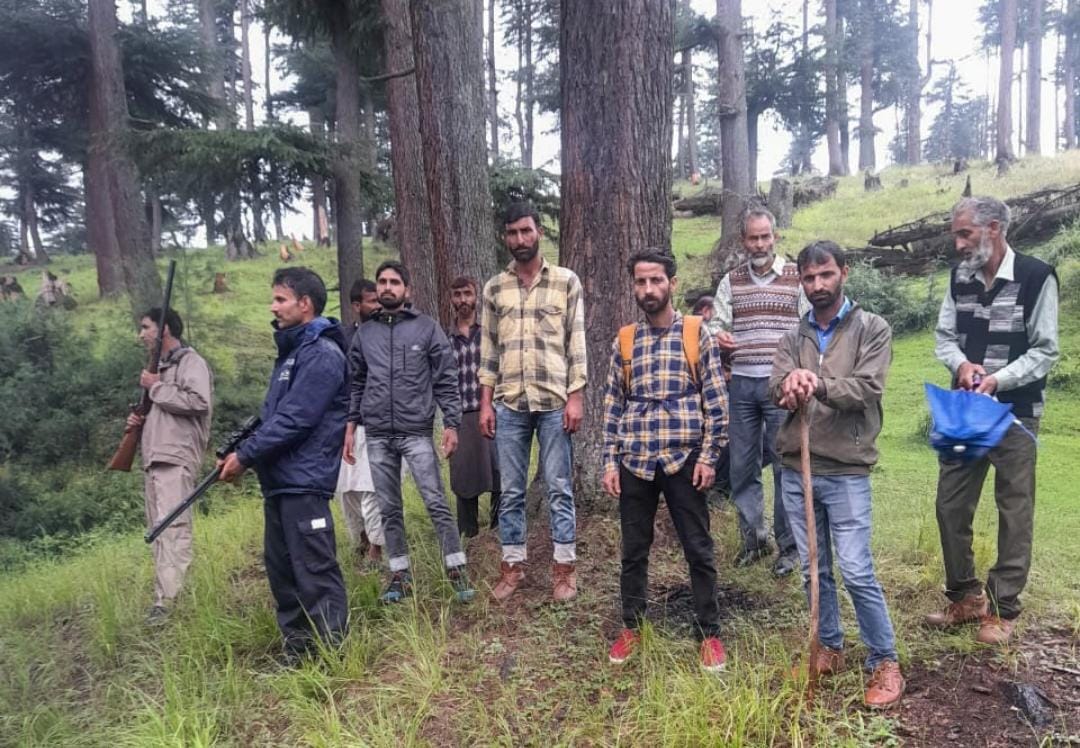
“The human-animal conflict is not limited to Kashmir; it’s a global issue that will take years to resolve. Human interference, such as deforestation, development works, changes in cropping patterns on forest fringes, and climate change, has destroyed animal habitats,” emphasised Tahir Gazanfar, a wildlife expert.
He warned that if action isn’t taken, we will face severe long-term consequences. Communities in affected areas must also take proactive measures by educating themselves on handling such situations.
“Relying solely on the government is not enough; these communities should establish natural barriers and plant native fruit trees in the forests,” Tahir said.
Author Profile

Latest entries
 Representational ImageREGIONALApril 6, 202510-year-old boy dies, six injured in blaze at Shah e Hamdan Darul Uloom at Tral; Hundreds of books reduced to ashes
Representational ImageREGIONALApril 6, 202510-year-old boy dies, six injured in blaze at Shah e Hamdan Darul Uloom at Tral; Hundreds of books reduced to ashes REGIONALApril 5, 2025Prominent Shia scholar Agha Syed Hadi Kashmiri put under house Arrest
REGIONALApril 5, 2025Prominent Shia scholar Agha Syed Hadi Kashmiri put under house Arrest REGIONALApril 5, 2025Shopian youth runs from Uri to raise awareness for a drug-free Kashmir
REGIONALApril 5, 2025Shopian youth runs from Uri to raise awareness for a drug-free Kashmir REGIONALApril 5, 2025Shabir Ahmed Dar elected president of Sopore Media Association
REGIONALApril 5, 2025Shabir Ahmed Dar elected president of Sopore Media Association
